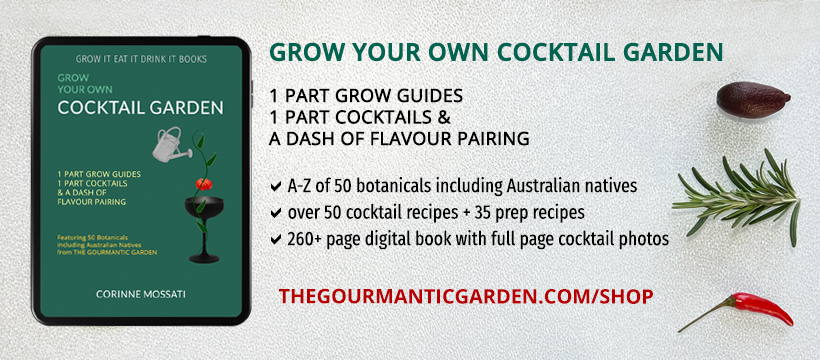Essential Guide to Irish Whiskey: Irish whiskey is currently undergoing a resurgence with new distilleries opening and existing distilleries expanding their portfolios with different cask finishes and blends.

Essential Guide to Irish Whiskey
In this Essential Guide to Irish Whiskey, we take a look at Irish whiskey, the regulations that govern it, what makes it different to Scotch whisky, various flavour profiles and how to use Irish whiskey in cocktails.
What is Irish Whiskey
Irish whiskey (uisce beatha, meaning water of life in Gaelic) refers to whiskey that is made on the island of Ireland. The spirit can be made from unmalted or malted grain or both, fermented using yeast, distilled in copper pot stills or column stills and aged in wooden casks.
Irish Whiskey Regulations
According to The Irish Whiskey Act of 1980, for Irish whiskey to be labelled as such, it needs to be:
- distilled and matured exclusively on the island of Ireland
- can only be made from grain, yeast and water
- distilled from a yeast-fermented mash of cereal grains to an ABV no higher than 94.8%
- aged for a minimum of three years in oak casks
Unlike bourbon, there are no regulations that govern the type of cask it can be aged in.
How Irish Whiskey Differs from Scotch Whisky
Aside from the e in the spelling of whiskey, the main difference between Scotch whisky and Irish whiskey is that Irish whiskey is typically triple distilled whereas Scotch whisky is mostly (but not always) distilled twice. Irish Whiskey typically uses unmalted barley which gives the spirit its fruity character though it can have both malted and unmalted barley. It is usually unpeated and is said to be smoother and a little sweeter than its Scottish counterpart.
Types of Irish Whiskey
Irish whiskey can be labelled as blended, single pot still, single grain, single malt, and peated.
- Blended Whiskey is a blend of various whiskeys such as the combination of grain whiskey with either single malt whiskey or with single pot still whiskey or both. This is the most common type of Irish whiskey.
- Single Pot Still Whiskey is made from a mixture of malted and unmalted barley distilled in a copper pot still within a single distillery. The mash may also contain raw, unmalted grain.
- Single Grain Whiskey is the result of continuous distillation in a column or Coffey still instead of the traditional pot still. It can be distilled from wheat or maize with a small proportion of malted barley.
- Single Malt Whiskey, which can be double or triple distilled, is made from 100% malted barley distilled in a traditional copper pot still within a single distillery
- Peated Irish Whiskey is generally made from single grain and has a combination of honey sweetness, vanilla notes and a peaty finish.
Flavour Profile of Irish Whiskey
Irish whiskey is characterised by having a smooth flavour profile as a result of the triple distillation process, fruit and citrus notes from the malt component, a little sweetness that comes from the grain, and an oily mouth feel as a result of pot still distillation.
Here are some examples of various flavour profiles of Irish whiskeys:
- Jameson Caskmates has aromas of crisp orchard fruits, mainly green apples and pears with mild pot still spices. The palate has a subtle note of hops and cocoa beans, marzipan and charred oak, and finishes long and sweet with milk chocolate and butterscotch.
- Jameson Black Barrel gets aromas of butterscotch and creamy, toffee fudge from the grain whiskey, peppery notes from the pot still whiskey, and ripe succulent fruits like nectarines, apricot and ripe apples from the sherry casks. The ageing in flame-charred bourbon barrels delivers concentrated spice, nutty notes and vanilla sweetness, while the pot still whiskey in sherry casks adds sherry fruit flavours. The finish is long, intense and rich.
- Part of The Whiskey Makers Series, Jameson Blender’s Dog has aromas of light citrus, pineapple, mango and kiwi as well as figs and dates and a hint of walnut leads from the seasoned American barrels and Spanish butts, vanilla and toasted oak. Rich, round with a creamy mouth feel, it combines the sweetness of butterscotch with pot still spice along with succulent fruit and subtle tannins with a finish that is exceptionally long.
- Redbreast 12 yo is produced in single pot stills which give the whiskey a complex spicy and fruity aroma with toasted wood notes. Full-flavoured and complex, it brings a harmonious balance of spicy, creamy, fruity, sherry and toasted notes and finishes long with complex flavours that linger long on the palate.
How to Drink Irish Whiskey and Use it in Cocktails
Irish Whiskey can be enjoyed neat, on ice and in a variety of cocktails and mixed drinks as well as in a boilermaker. For easy and refreshing mixed drinks, use Irish Whiskey with ginger ale and and a lime wedge, as a highball topped with soda water or simply with cold-pressed green apple juice and ice cubes.
In cocktails, use it in a classic whiskey sour, the Tipperary Cocktail, Cameron’s Kick, the Rory O’More cocktail, the Emerald, and in an Irish Coffee.
Here are three Irish whiskey cocktails and their recipes to get you started.
Irish Whiskey Drink Holidays
When it comes to Irish Whiskey, the most popular drink holiday is St Patrick’s Day (also called Paddy’s Day) which falls on March 17.
Named after the patron saint of Ireland, St Patrick’s Day is a public holiday in Ireland celebrated with parades, festivals, the wearing of shamrocks and green clothing as well as partaking in Irish whiskey. Such is the importance of this day, it is also widely celebrated around the world.
Photo taken at The Wild Rover in Sydney by Cocktails & Bars – © Copyright: All rights reserved.
In partnership with Pernod-Ricard Australia.

